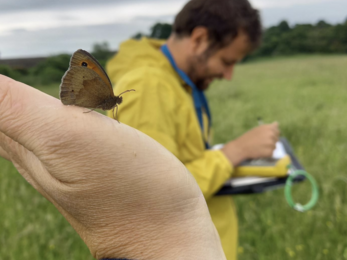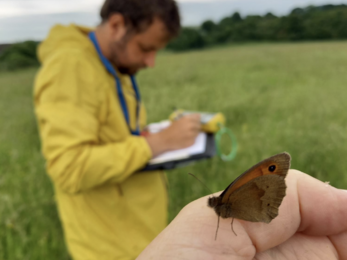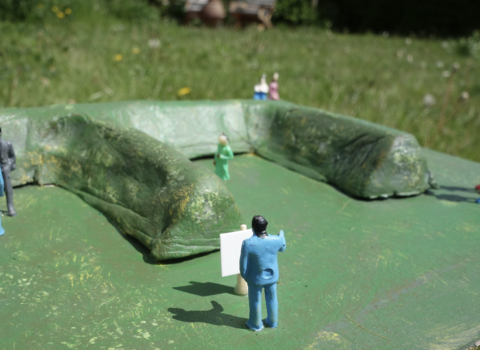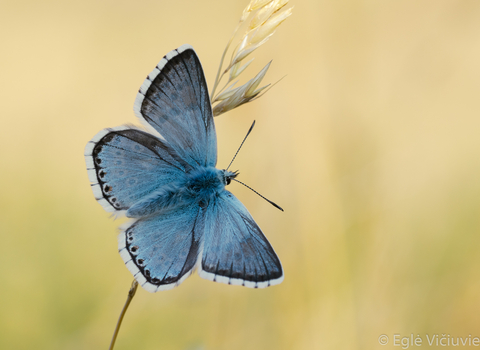The Banking on Butterflies project links Cambridgeshire and Bedfordshire working collaboratively with the University of Cambridge Zoology dept, looking at mitigating impacts of climate change for temperature sensitive butterflies. Topographical features (banks) will be created in Bedfordshire chalk grassland providing suitable niches to help butterflies including the small blue, the chalkhill blue, and the nationally rare Duke of Burgundy.
The project is one of 12 Wildlife Trust projects across the country which will help the UK achieve its ambition of reaching net zero carbon emissions by 2050, now in development thanks to almost £2 million in funding raised by players of People’s Postcode Lottery Nature Based Solutions Fund.
The four novel habitat structures are going to be constructed on chalk grassland at Bedfordshire's Totternhoe and Pegsdon nature reserves in September, and the study will look in detail at how man-made sheltered and unsheltered banks can provide a range of micro habitats and microclimates to benefit a wide variety of species in a changing climate. This is pioneering research being the first experiment looking at the effectiveness of bank design in relation to mitigating the effects of climate change. Researchers will record and analyse data to determine the success of the scheme, which could then be mirrored at other sites. Protecting and boosting the abundance of insects is central to restoring functioning ecosystems, which are so critical to tackling the climate crisis, read more on the project, bottom left.









